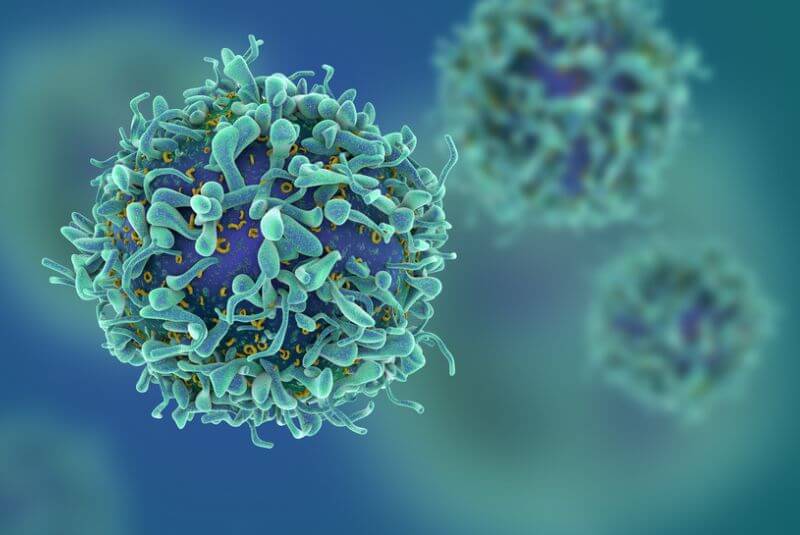A recent study led by Murdoch Children’s Research Institute and Federation University Australia has shed light on the development and function of a specific type of immune cell that plays a crucial role in protecting against infection and disease. The researchers believe that this breakthrough could pave the way for the development of preventive treatments.
The research, published in Science Immunology, focused on understanding how specialized white blood cells, known as “gamma delta T cells,” operate and generate an immune response. Associate Professor Dan Pellicci, one of the lead researchers, highlighted the potential of harnessing the function of these cells to prevent diseases like cancer, as well as highly infectious conditions such as COVID-19, Strep A, and tuberculosis.
The study involved examining samples donated by heart surgery patients up to the age of 16, obtained from the Melbourne Children’s Heart Tissue Bank. The researchers specifically investigated the role of gamma delta T cells within the thymus gland, a small organ located in the chest near the heart.
Associate Professor Pellicci noted that the study provided the first insights into how the thymus gland produces these infection-fighting immune cells. He explained that the cells undergo a training process within the thymus, comparable to receiving primary, secondary, and tertiary education. Once this education is complete, the cells are prepared to combat infections and can be found in large numbers in the blood and tissues of adults.
Contrary to previous beliefs that these immune cells were primarily derived from the liver during fetal development, this research debunked that theory. Associate Professor Pellicci emphasized the significant role played by the thymus in the ongoing development of these cells throughout a person’s life, challenging the notion that the organ’s contribution diminishes after birth.
The findings hold promise for unlocking new avenues in the treatment of infectious diseases and cancer. Collaborating researchers from the University of Melbourne, The Fiona Elsey Cancer Research Institute, Federation University, Peter Doherty Institute for Infection and Immunity, Melbourne Centre for Cardiovascular Genomics and Regenerative Medicine, The Royal Children’s Hospital, and the Walter and Eliza Hall Institute of Medical Research also contributed to this breakthrough.
Publication: Louis Perriman, Naeimeh Tavakolinia, Sedigheh Jalali, Shou Li, Peter F Hickey, Daniela Amann-Zalcenstein, William Wing Ho, Tracey M Baldwin, Adam T Piers, Igor E Kostantinov, Jeremy Anderson, Edouard G Stanley, Paul V Licciardi, George Kannourakis, Shalin H Naik, Hui-Fern Koay, Laura K Mackay, Stuart P Berzins, and Daniel G Pellicci, “A three-stage developmental pathway for human Vγ9Vδ2 T cells within the postnatal thymus,” Science Immunology. DOI: 10.1126/sciimmunol.abo4365
If our reporting has informed or inspired you, please consider making a donation. Every contribution, no matter the size, empowers us to continue delivering accurate, engaging, and trustworthy science and medical news. Independent journalism requires time, effort, and resources—your support ensures we can keep uncovering the stories that matter most to you.
Join us in making knowledge accessible and impactful. Thank you for standing with us!

